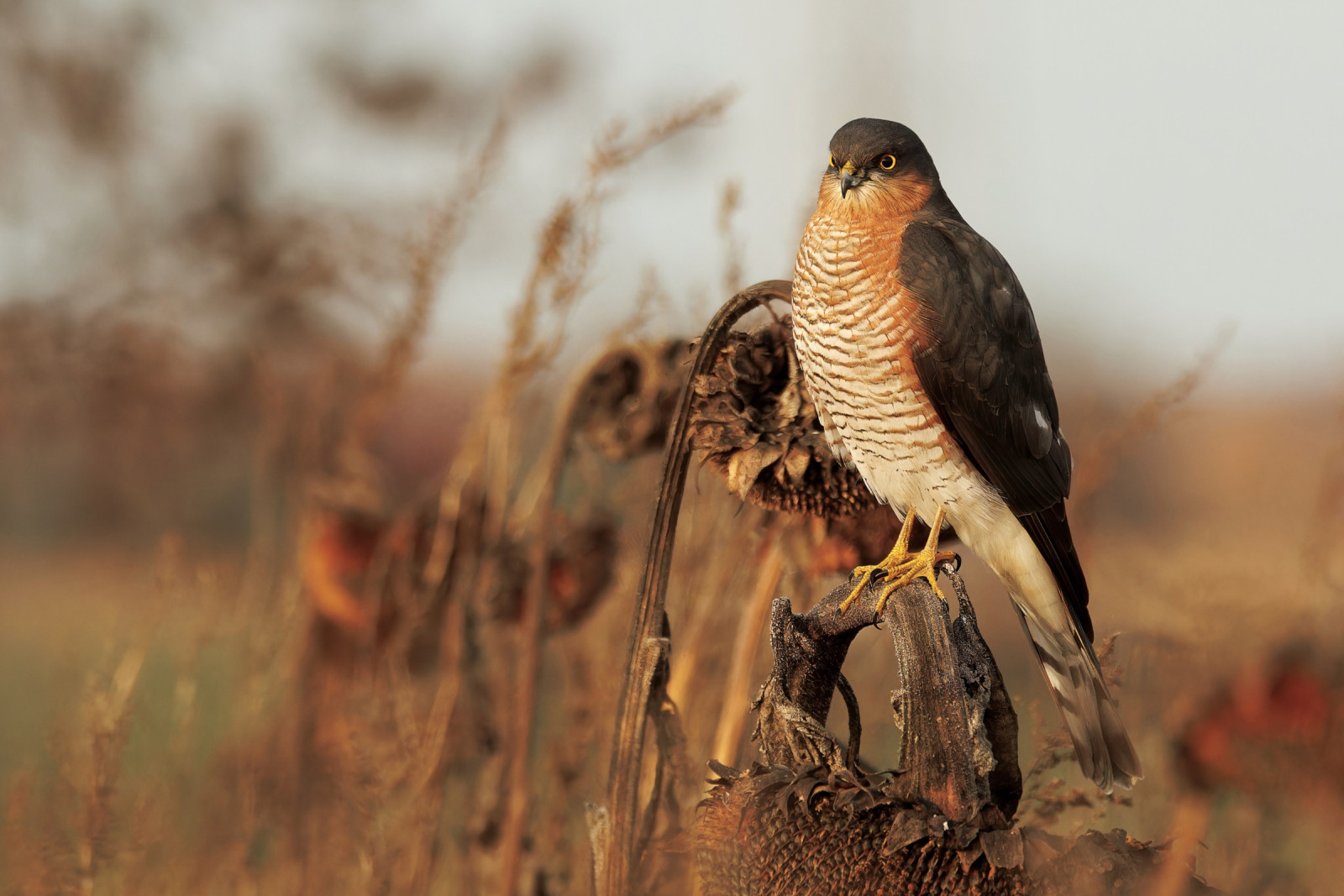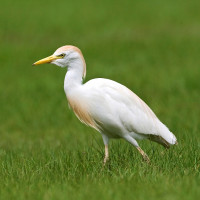Description
Oasi La Bora is a former quarry now abandoned (and therefore unfortunately some "human" residues can still be seen in the water) in which the Natura di Pianura network has found its headquarters. The oasis is equipped with 4 bird hides and a walking route suitable for everyone. Ducks such as Krikkand and Skjeand are often observed, while during the migration period Knekkand, Taffeland and Toppand can appear. From all the bird hides you can see the huge heron colony with almost 100 nests of Kuhegre , Gråhegre, Storskarv and Dvergskarv. Also very present are Isfugl and Toppdykker. A colony of Halsbåndparakitt is also now numerous and has found a good place to stay here.
Sightings of Svarthalsdykker, Gråstrupedykker, Spurvehauk, Myrhauk and Svartglente have also been reported over the years, which for some years (2020- 2022) nested near the oasis.
_________________________
Italiano: Oasi non impredibile ma discreta per osservare molte specie, poiché è presente una enorme garzaia di ardeidi. L'oasi è sempre aperta, ma è spesso disturbata. L'oasi "La Bora" è un'ex cava ora dismessa (e perciò purtroppo si possono ancora vedere alcuni residui "umani" nell'acqua) nella quale la rete Natura di Pianura ha trovato la sua sede. L'oasi è attrezzata con 4 capanni di osservazione e un percorso adatto a tutti. Sono possibili (e molto frequenti) gli avvestimenti di anatidi come Krikkand e Skjeand, mentre il periodo di passo si possono avvistare Knekkand, Taffeland e Toppand. Da tutti i capanni si può scorgere l'enorme garzaia con quasi 100 nidi tra Kuhegre, Gråhegre, Storskarv e Dvergskarv . Molto presente anche il Isfugl e lo Toppdykker. Purtroppo è ormai numerosa anche la colonia di Halsbåndparakitt, che qui ha trovato un buonissimo posto per soggiornare.
Sono stati inoltre segnalati nel corso degli anni avvistamenti si Svarthalsdykker, Gråstrupedykker, Spurvehauk, Myrhauk e Svartglente, che per alcuni anni (2020-2022) ha nidificato nei dintorni dell'oasi.
Details
Access
Oasi La Bora is easily reachable by car and by bicycle via the Ciclovia del Sole from the center of San Giovanni in Persiceto and the neighboring towns. Near the entrance to the oasis there is a large car park, where you can leave your car. Click on the P in the map for directions. The opening hours of the car park are: Spring-Summer: 7:00 am – 7:00 pm. Autumn-Winter: 8:00 am – 5:00 pm. A path starts from the car park which subsequently passes through a cycle path and becomes a path again but which is not a circular walk.
NB: the first two thirds of the route are easily accessible even by wheelchair, while the third part is a very narrow and often muddy path, for which I do not recommend visiting in a wheelchair.
_________________________
Italiano: L'oasi è facilmente raggiungibile in macchina e in bicicletta attraverso la Ciclovia del Sole dal centro di San Giovanni in Persiceto e dai paesi limitrofi. Nei pressi dell'ingresso dell'oasi è presente un ampio parcheggio, dove si può lasciare la macchina, ma che ha degli orari di apertura precisi (consultare il sito di Natura di Pianura per gli orari esatti). Dal parcheggio parte un sentiero che successivamente passa per una ciclabile e ritorna ad essere sentiero ma che non è ad anello.
NB: i primi due terzi del percorso sono facilmente percorribili anche il sedia a rotelle, mentre la terza parte è un sentiero molto stretto e spesso fangoso, per la quale sconsiglio la visita in sedia a rotelle.
Terrain and Habitat
Forest , Plain , Pond , LakeConditions
Slippery , Dry , Open landscape , FlatCircular trail
NoIs a telescope useful?
Can be usefulGood birding season
Winter , Spring , AutumnBest time to visit
Winter , Spring migration , Autumn migrationRoute
Wide path , Narrow trail , Unpaved roadDifficulty walking trail
EasyAccessible by
Foot , BicycleBirdwatching hide / platform
YesExtra info
The oasis is one of the headquarters of the European project "Emys Orbicularis", for the reintroduction of the European pond turtle in Italy, so much so that in a corner of the lake, where the Isfugl is usually found, there is an enclosure for habitat setting for turtles. For this reason, along the route and at the beginning, near the car park, there are small ponds especially for them, as well as for the various amphibians present.
From the car park and immediately at the beginning of the route there are numerous artificial nests and feeders for passerines, although they are often attacked by Halsbåndparakitt.
_________________________
Italiano: L'oasi è uno dei punti sede del progetto europeo "Emys Orbicularis", per la reintroduzione della testuggine palustre europea in Italia, tanto che in un angolo del lago, dove è solito stazionare il Isfugl è presente un recinto per l'ambientazione all'habitat per le tartarughe. Per questo lungo il percorso e all'inizio, vicino al parcheggio, sono presenti piccoli stagni proprio per loro, oltre che ai vari anfibi presenti.
Dal parcheggio e subito all'inizio del percorso sono presenti numerosi nidi artificiali e mangiatoie per i passeriformi, anche se spesso vengono prese d'assalto dai Halsbåndparakitt.



